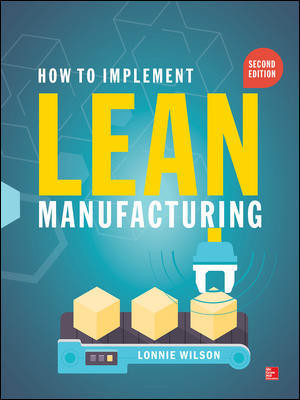LONDON—Exoskeletons will become increasingly popular with manufacturers over the next decade, according to a recent report by ABI Research. The market is expected to skyrocket from $192 million today to $3 billion by 2028.
Across a range of applications, exoskeletons are increasingly being introduced to augment human capability. The devices can reduce the chance of injuries and musculoskeletal disorders by minimizing the stress and strain of high-frequency, long-duration activities that can take a toll on the body over time.
“The market gets healthier with each passing month,” says Rian Whitton, robotics research analyst at ABI Research. “The culmination of start-up activity, an increasingly permissive regulatory environment, improving drive and materials technology, and partnerships with larger corporations suggest the exoskeleton market is in the best position it has ever been.
“Until very recently, exoskeletons have been something of a novelty,” explains Whitton. “But, advancements in the technology have made them viable for developed economies.
For example, power consumption has been a longstanding problem,” says Whitton. “Now, the efficiency of battery technology has extended the viable use-time for powered exo-suits.”
“Considering that the aging population and systemic skills shortage in developed countries is forcing companies to invest more in the workforce they already have, exoskeletons will become a force-multiplier in improving productivity, and in avoiding and mitigating against injuries,” claims Whitton. “In the long run, their adoption will save billions of dollars of waste every year accrued from lost hours due to physical injury.”
According to Whitton, companies such as German Bionic and Sarcos are driving adoption across the industrial sector.
“German Bionic, a manufacturer of upper-body powered exo-suits, uses a replaceable lithium-ion battery that lasts up to eight hours on the factory floor,” says Whitton. “Sarcos Robotics, which plans to release its full-body exoskeleton in 2019, is targeting most industrial markets, from manufacturing and warehousing to construction and mining.
“Large [manufacturers], such as Caterpillar, Ford Motor Co. and General Electric, are deploying exoskeletons at an accelerating rate,” Whitton points out. “But, there are barriers to exoskeleton adoption. They are still expensive and the deployment of these complex systems requires further partnerships between OEMs, distributors and service providers.
“More work needs to be done in creating modular platforms that can be retrofitted with a range of capable end-effectors to widen market appeal,” claims Whitton. “There also must be increased emphasis placed on the data collection and cognitive capabilities of exoskeletons [to] provide valuable insights regarding worker performance and health.”









